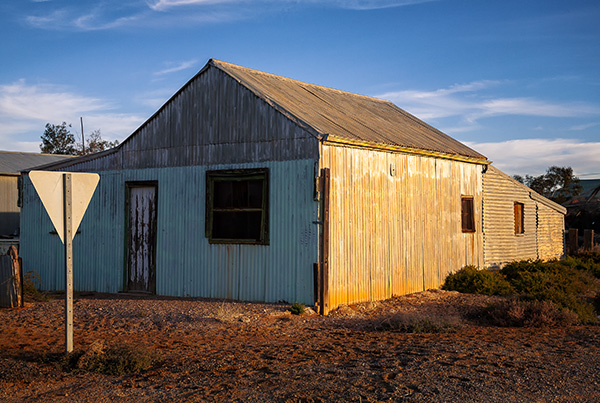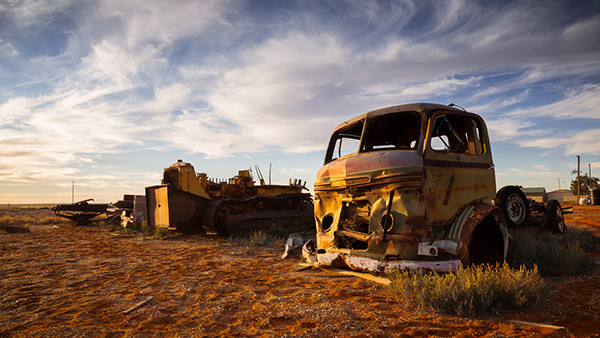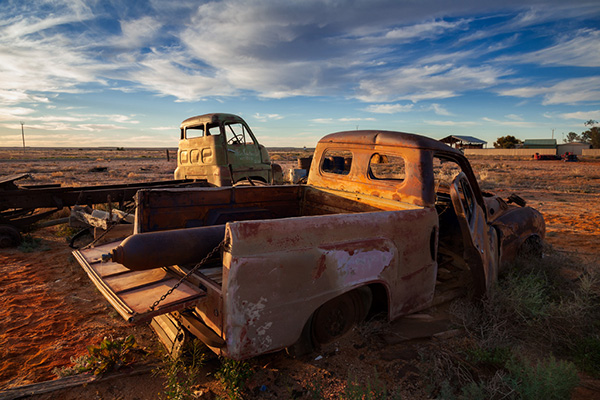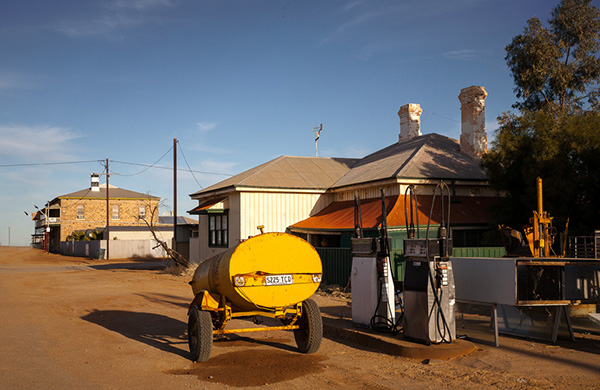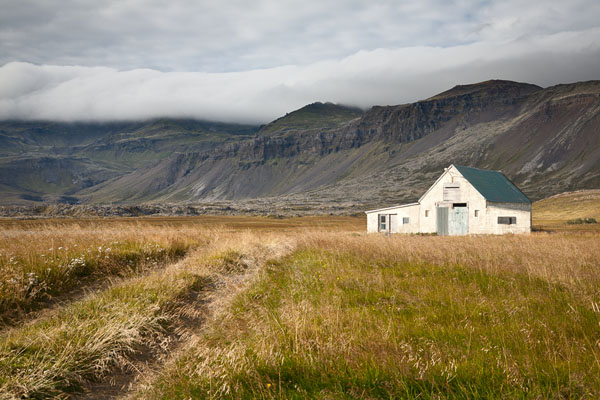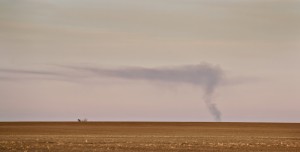Just before Christmas I read two blog posts on the same day. They were both about photography, by different photographers coming from different perspectives. But both posts made the same point: when trying to attract the attention of a potential client, or just people who might be interested in your work, less is more.
Over at The Online Photographer, Mike Johnston explains his thoughts as he looks through a photographer’s online portfolio. He comments on what is and isn’t helpful to someone looking for great images.
And what does he find? Too many gallery links that don’t indicate what lies beyond, interface design and navigation that get in the way of looking at the images and just way too much stuff to wade through.
Scott Kelby takes a look at an online portfolio and has a hypothetical conversation with the photographer about why he has so many images and why he has ranked them in that way.
Both Mike and Scott make the same point, why don’t photographers just show their best 10, 20 or 40 images, instead of hundreds. Not all of that lot can be winners or potential work-getters.
This set me thinking: what impression am I giving online? Apart from a few images on this blog, my online presence is mostly the 1000 plus images at the sharing site ipernity.
If anyone actually managed to wade through this many photos, what would they think of my photography? What am I saying about what I do?
The images I have sent to ipernity cover a vast range of topics. Some I have taken in an attempt to show creativity, some are holiday shots, some are there because I wanted others to be able to see them easily and some are experiments.
Those 1000 plus photos don’t project the image of my photography I would like to present to the world.
So, as a result of reading those two articles, I have started the Top Twelve Project. I have added a new Top Twelve page to the site, accessible from the tab at the top.
This page will give access to a gallery of 12 images. At the moment these are my favourite images from the last two years. Trying to choose the best 12 from the thousands I have taken over the last 24 months was a daunting task and I would be the first to admit that the choice might not be perfect.
The challenge now is to discipline myself to update this gallery as I take new images that I judge to be better than at least one of the ones that are there.
So, it is with great pleasure that I declare my Top Twelve Project open. Thanks to Mike Johnston and Scott Kelby for prompting this change of direction.

